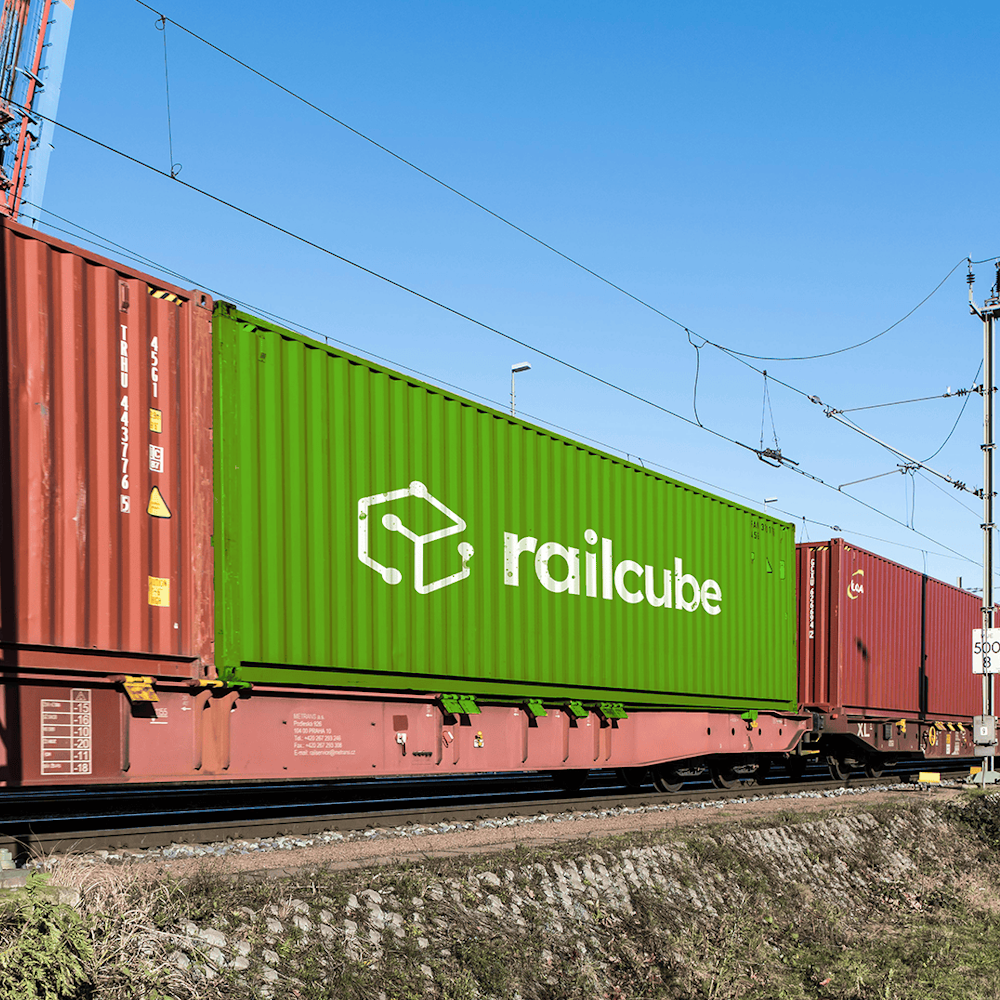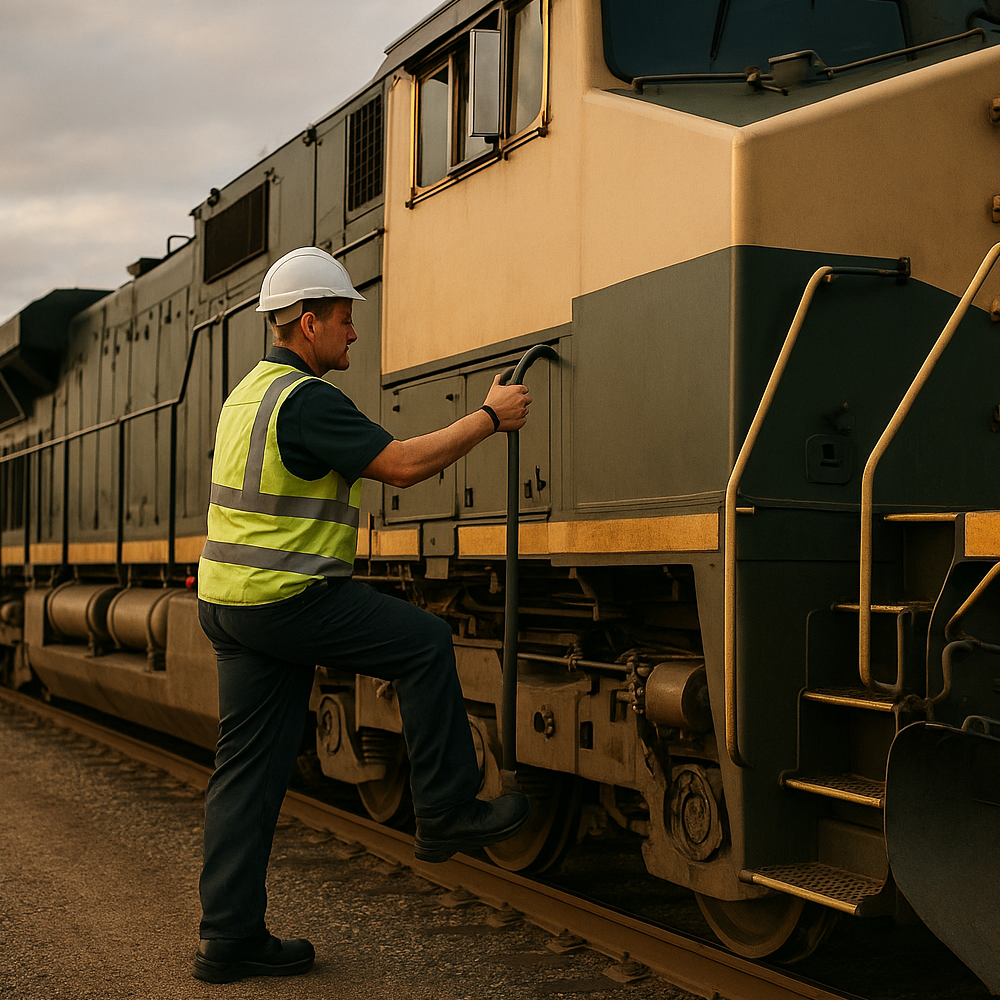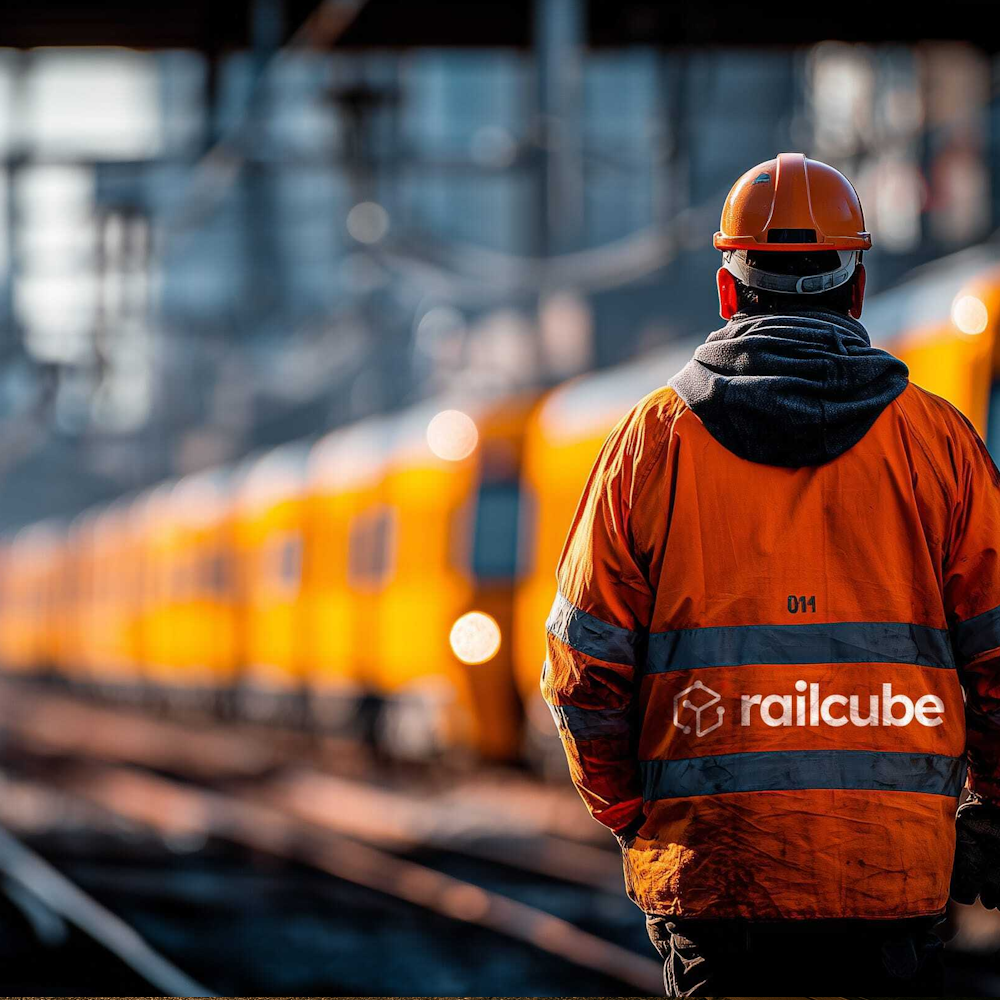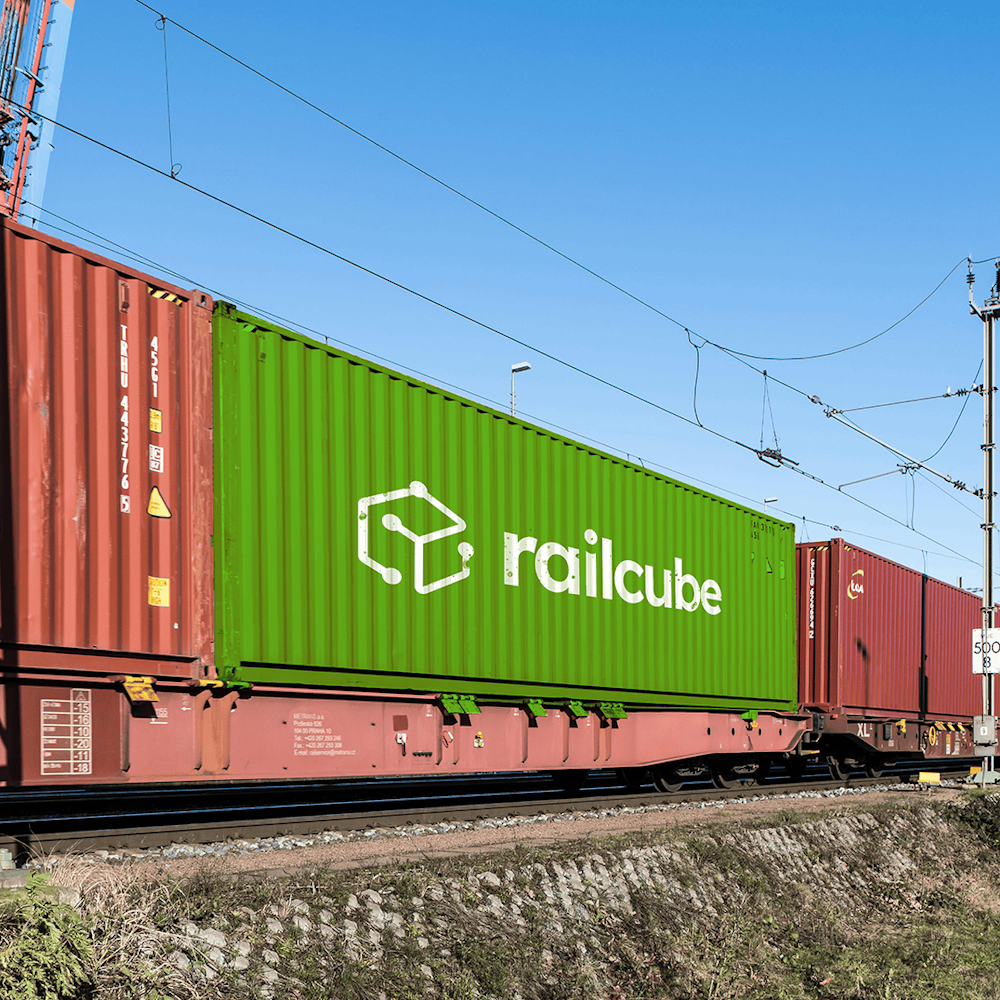Cost control to financial insight, all in one platform
Railcube unifies financial management across the entire rail freight lifecycle. From estimating costs and revenues to validating supplier invoices and feeding accounting systems, railcube connects Operations, Sales, and Finance in one transparent workflow. This integration ensures accurate financial reporting, controlled margins, and data-driven decision-making.
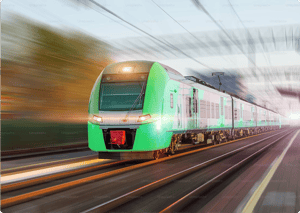
How railcube solves it
Managing rail finances is challenging, with fluctuating operational costs, complex supplier contracts, and dynamic sales pricing. railcube bridges these worlds by combining operational reality with financial accuracy.
-
Three-phase cost calculation — railcube automatically calculates Contract, Target, and Actual costs for every order or service.
-
Operational awareness — Costs are continuously updated based on real train performance, delays, reroutings, and resource usage.
-
Automated invoice matching — Incoming supplier invoices are compared against expected costs to detect duplicates or missing services.
-
Integrated reporting — Visualize financial KPIs directly in railcube or connect seamlessly to Power BI, SAP, or Microsoft Dynamics.
-
Closed feedback loop — Financial insights are fed back into cost models, improving accuracy over time.
Contract cost: predicting expected expenses
At the start of each project or transport agreement, railcube calculates the Contract Cost based on all expected expense components: energy consumption, staff costs (drivers, wagon inspectors, shunters), infrastructure access, locomotive usage, and outsourced services.
These estimates rely on long-term planning data or customer quotations, giving a reliable forecast of the financial footprint of each operation.
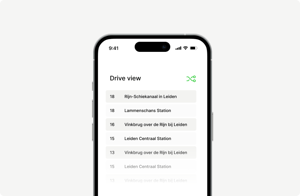
Target cost, based on operational reality
Once operations begin, railcube dynamically recalculates the Target Cost. This reflects real-world circumstances such as delays, reroutings, cancellations, or the use of external resources instead of in-house staff.
By linking operational data directly to financial models, railcube provides the true expected cost of what actually happened: a unique capability that combines Operations, Sales, and Finance in one flow.

Actual cost, validating incoming invoices
The final step is recording the Actual Cost based on incoming supplier invoices. Invoices can be imported automatically via interfaces, uploaded through templates, or entered manually.
Railcube automatically matches invoices with the expected costs, checking for duplicates, pricing errors, or unfulfilled services. This validation ensures financial accuracy and prevents overbilling from external providers.

Reporting & performance insights
With cost data structured at every level, railcube offers powerful financial reporting. KPIs and performance metrics can be analyzed directly in the built-in reporting module or exported to Power BI and other BI tools.
These insights help improve planning accuracy, control budgets, and identify where operational decisions affect margins.

Accounting system integration
Railcube integrates seamlessly with leading financial and ERP systems such as SAP and Microsoft Dynamics.
Data flows bidirectionally; railcube can feed validated cost and revenue data into accounting systems, or receive approved invoice and ledger information back. This ensures that financial records stay synchronized across departments and systems.

Continuous cost model improvement
Because railcube links financial outcomes with operational data, organizations can continuously refine their cost models. Recurring deviations between expected and actual costs can be analyzed and corrected, ensuring future calculations become increasingly precise.
The result: a self-learning financial ecosystem that improves accuracy and profitability over time.

Railcube connects people, assets and operations across the entire rail sector.

5,000+
5,000+
What our customers say.




